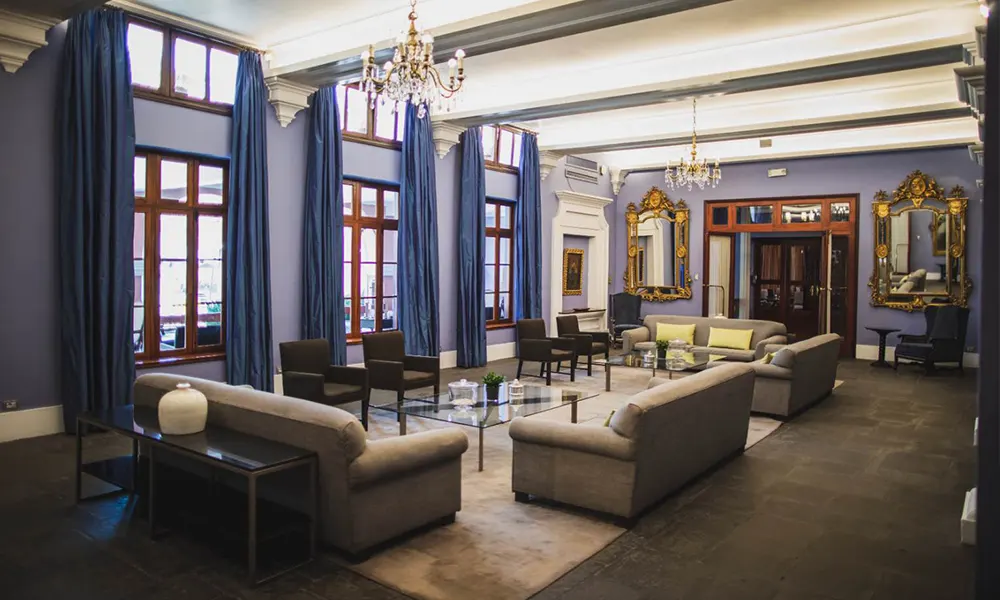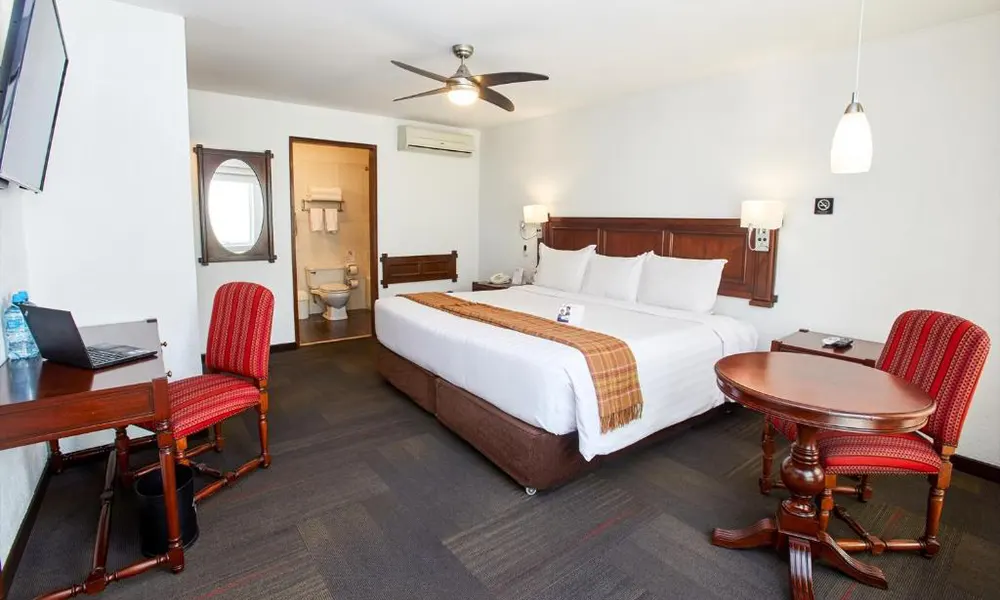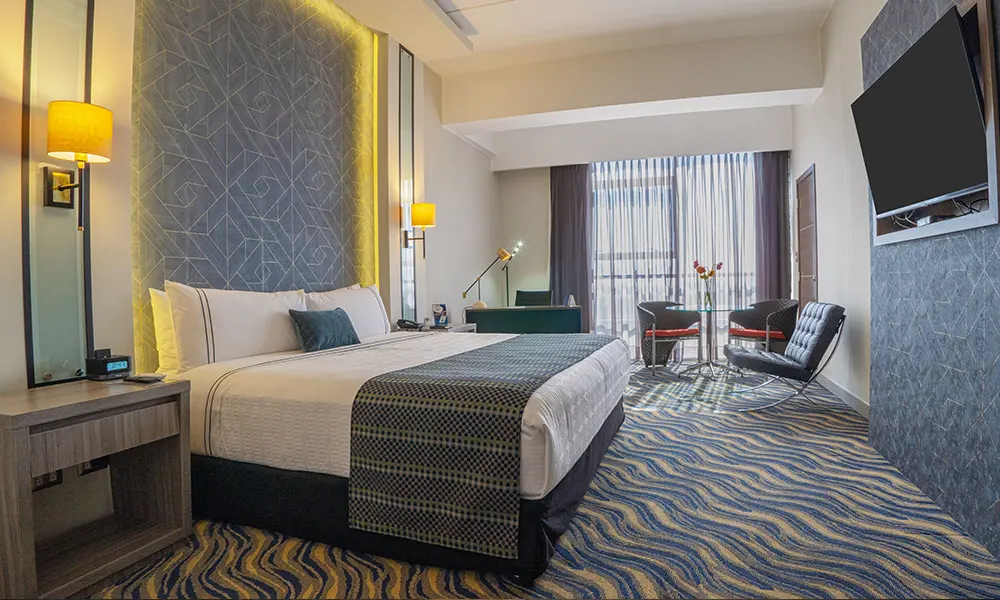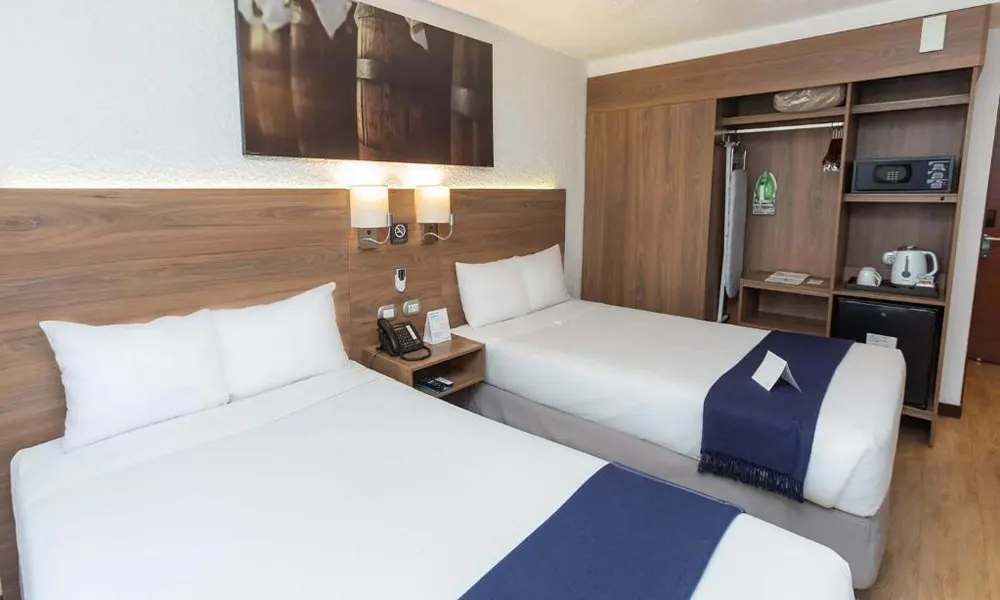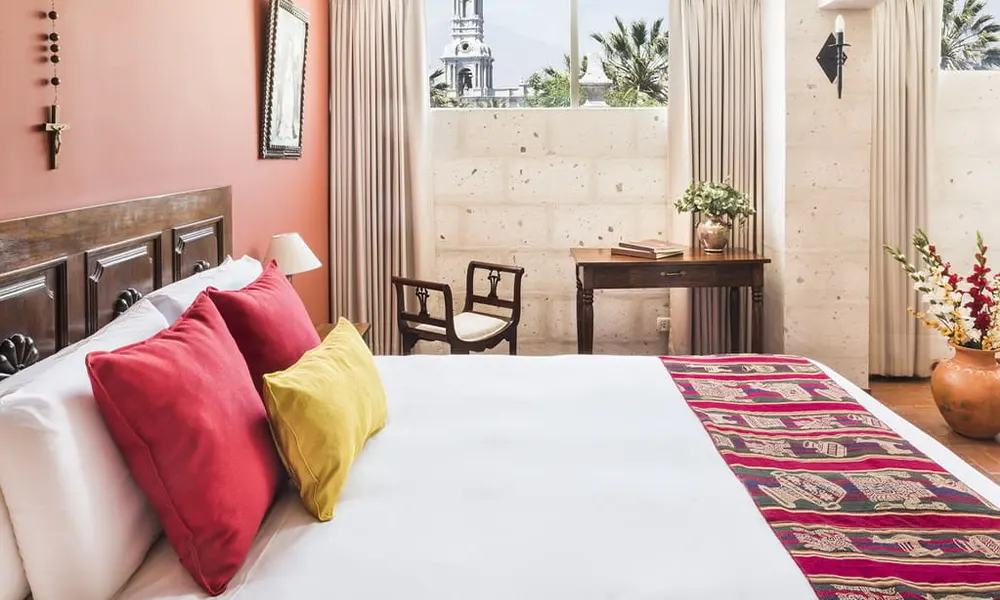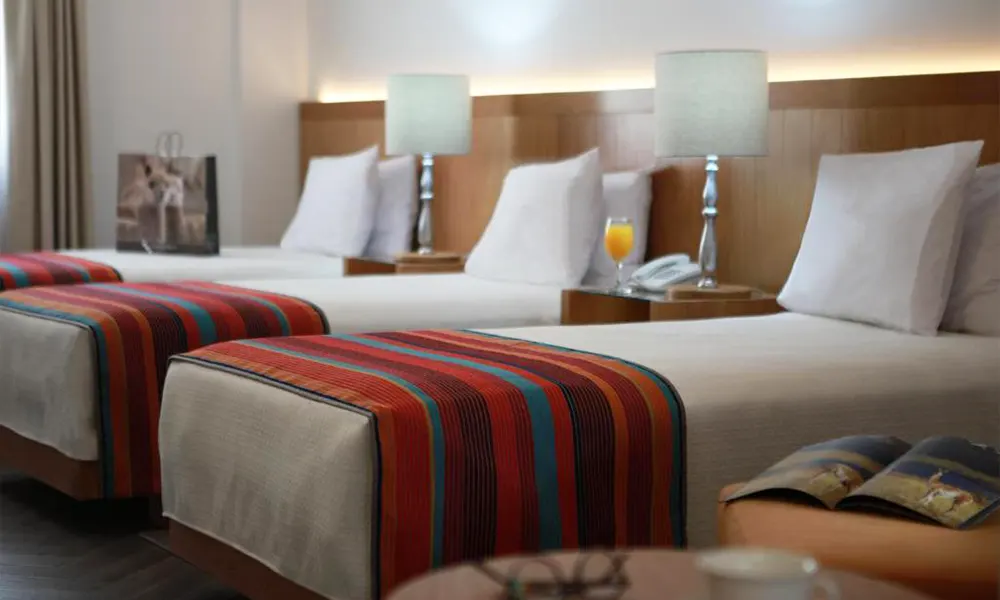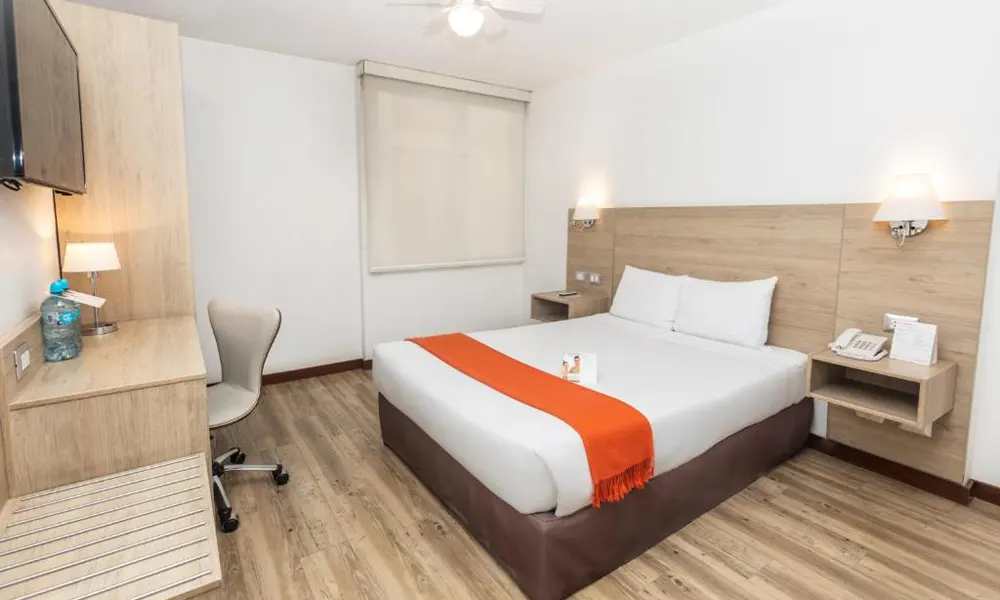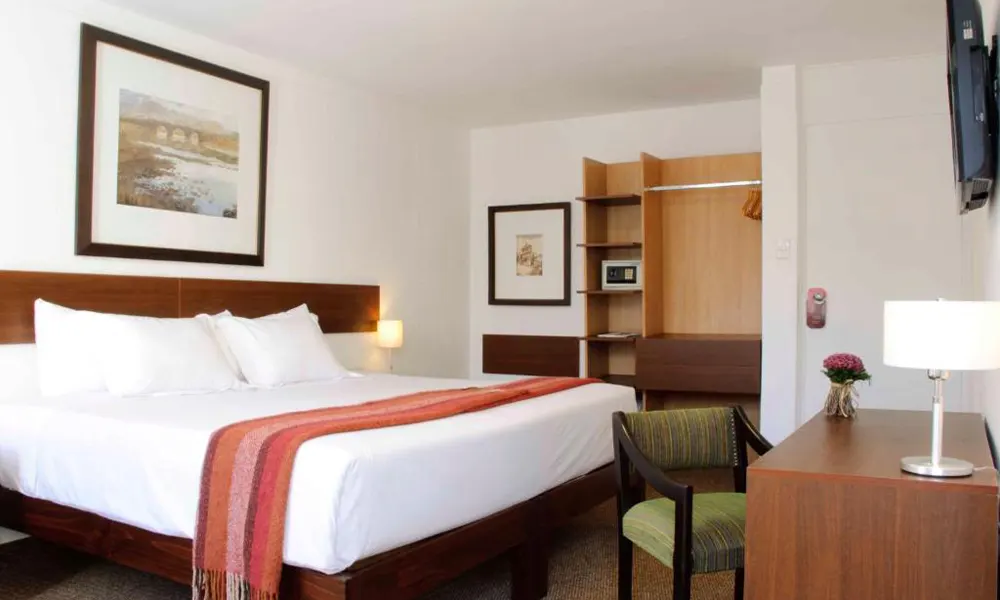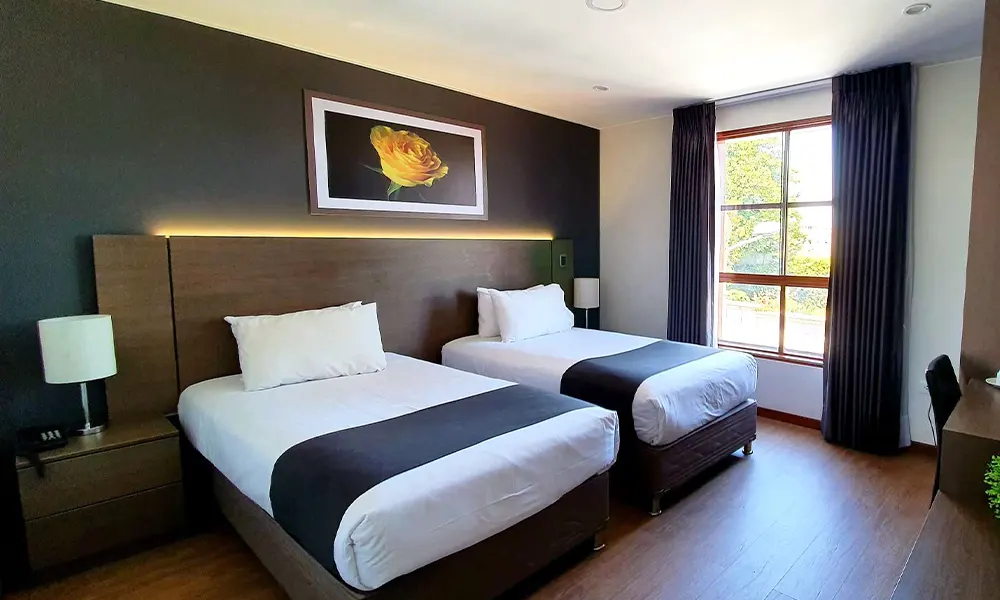A giant Volcano hosts a cozy White City nestled in the Andes. Arequipa is a beautiful European-style city. made of Sillar, a white stone extracted from Misti Volcano. It is the second most important economic Peruvian city after Lima and has countless attractions of colonial and republican styles. Furthermore, the famous Picanterias, traditional Arequipa restaurants, show the best of south Peruvian cuisine. Therefore, MACHU TRAVEL PERU chose a select group of Arequipa hotels that comply with the city’s architectural style, high service quality, and first-level facilities. Enjoy Arequipa with the best hotel only with us!
